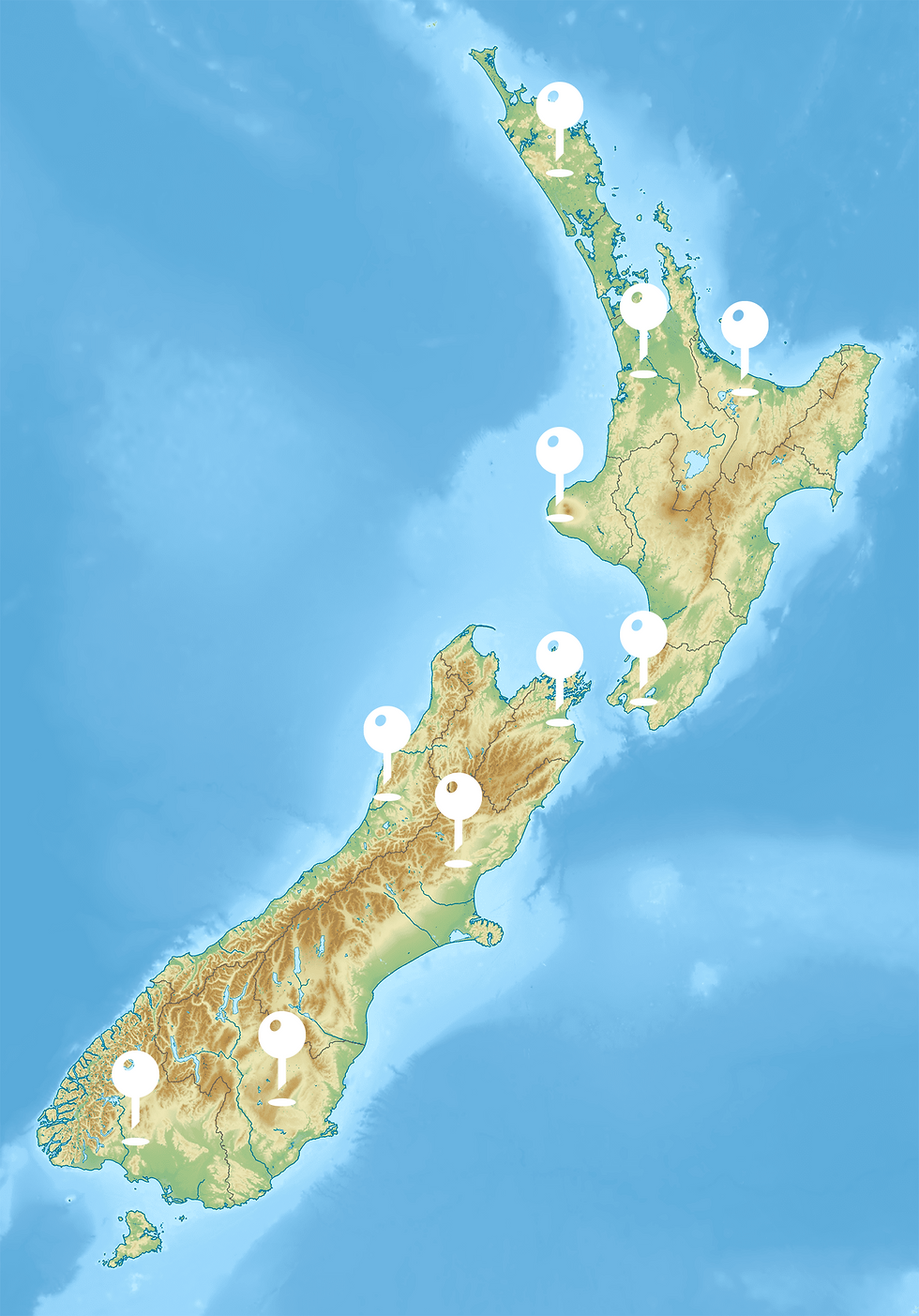Turbulent is venturing to New Zealand.
- Turbulent

- Aug 20
- 2 min read
Updated: Sep 10
New Zealand is globally recognized for the natural beauty and for the commitment to renewable energy. With nearly 85% of its electricity already coming from renewable sources (6% from micro-hydro), primarily the country stands out as a leader in clean energy and more recently to economy electrification efforts. However, a significant portion of the current generation capacity comes from old large-scale infrastructure, leaving communities subject to risks associated to natural hazards and high price-volatility.

Thanks to its mountainous terrain, regular rainfall regimes in many regions, and a strong environmental ethos, New Zealand offers an ideal setting for low-impact hydropower solutions.
For Māori culture, wai (water) is a sacred taonga (treasure) carrying deep spiritual, cultural, and life-giving significance. Rivers, lakes, and springs are seen as ancestors and sources of identity, linking people to whakapapa (genealogy) and whenua (land). Water wisdom means respecting, protecting, and using it responsibly, ensuring its purity and abundance for present and future generations. The shape of the vortex resembles the Koru, a nature-based symbol inspired on the silver fern. It represents the continuity of life – connecting past, present, and future in an endless cycle of renewal.
Micro-hydropower has untapped potential to bring energy resilience. Turbulent technology can empower decentralised supply-models providing firm generation without the need for new dams or major ecological disruption. It is complementary to intermittent sources like solar, wind or batteries also.


Turbulent and Earth First, a new push for micro-hydropower in New Zealand.
Since early 2025, Turbulent and its local partner Earth First have been laying the groundwork to explore the country’s potential. This effort is structured around four strategic vectors:
Engaging with Key Off-Takers: Identifying communities, farms, energy distribution business, and industrial actors with a clear need for decentralized power.
Analysing Water Flow and Rainfall Data: Mapping sources of hydrological data to evaluate feasible sites based on long-term flow reliability.
Understanding Resource Consent Requirements: Navigating environmental permitting and regional consent processes in alignment with local regulations. More than environmental impact, Turbulent technology brings positive environmental effects, such as water oxygenation.
Procuring Strategic Partnerships: Establishing connections with local firms and experts in engineering, construction, and operation to enable timely civil works deployment under faster timeframes than ground-mounted solar.
Contacting clean-energy key promoters such as the Energy Efficiency & Conservation Authority, Ara Ake, Climate Connect Aotearoa, Taranaki Catchment Community (TCC). Armatec and Entec pioneered with local schools in Taranaki the suitability of vortex turbines to the local environment.
Early Results and Regional Focus
Our preliminary findings have uncovered promising opportunities across several regions, including:
· Northland
· Waikato
· Bay of Plenty
· Taranaki
· Wellington
· Marlborough
· West Coast
· Canterbury
· Otago
· Southland
These regions show strong synergies between available water flow and the presence of viable off-takers, as well as community, commercial/industrial and remote microgrid types upscaling. A detailed project pipeline is already under development, and conversations are ongoing to bring first pilots to life.
More information is available through Earth First at om@earthfirst.net.nz with Otavio Marshall.




